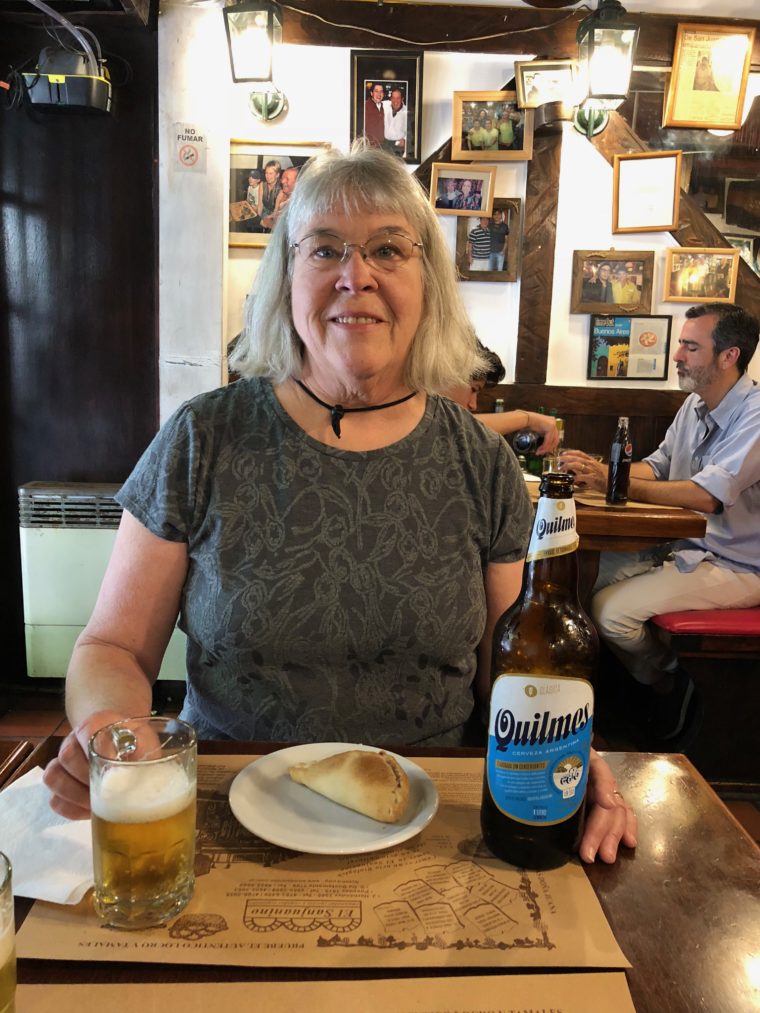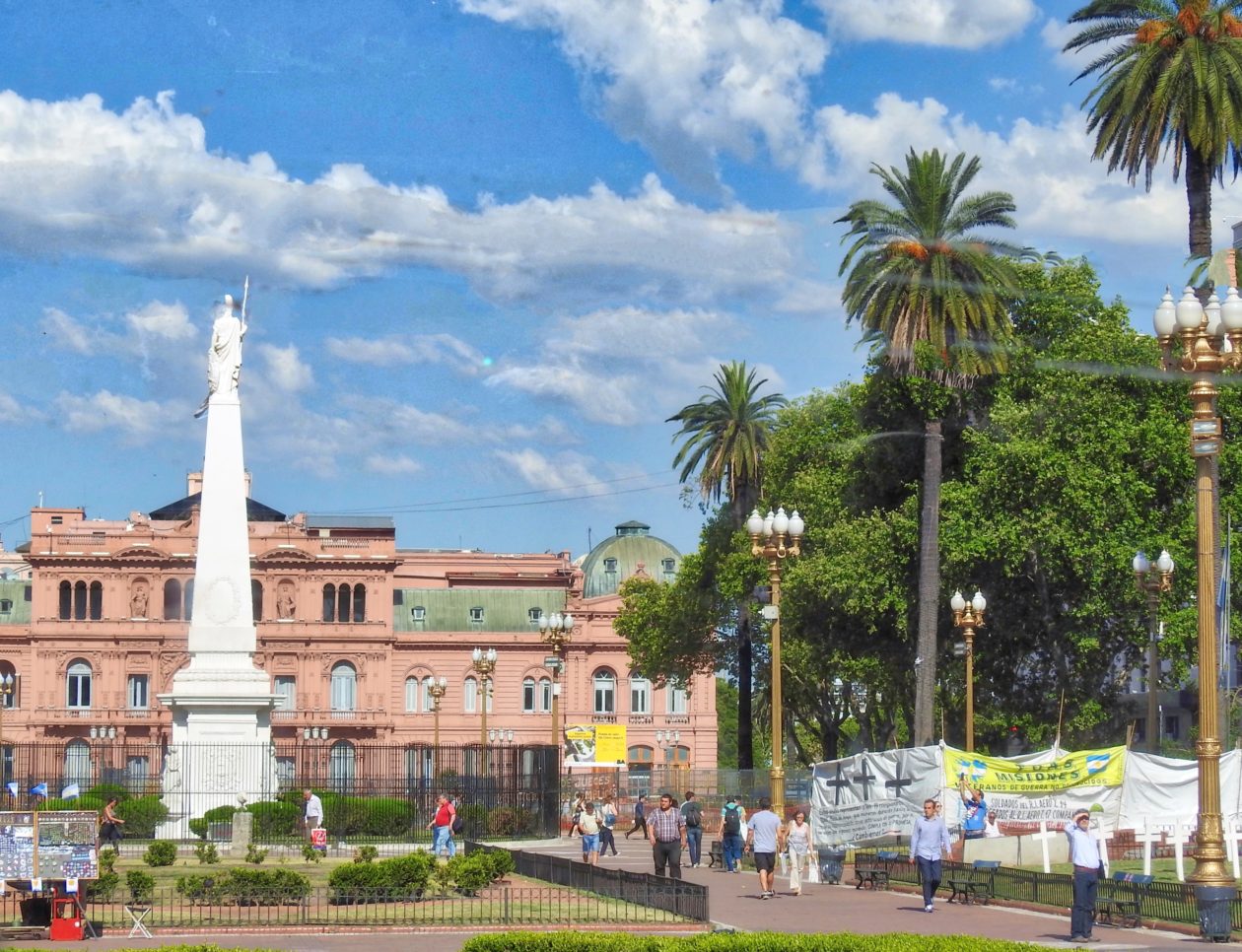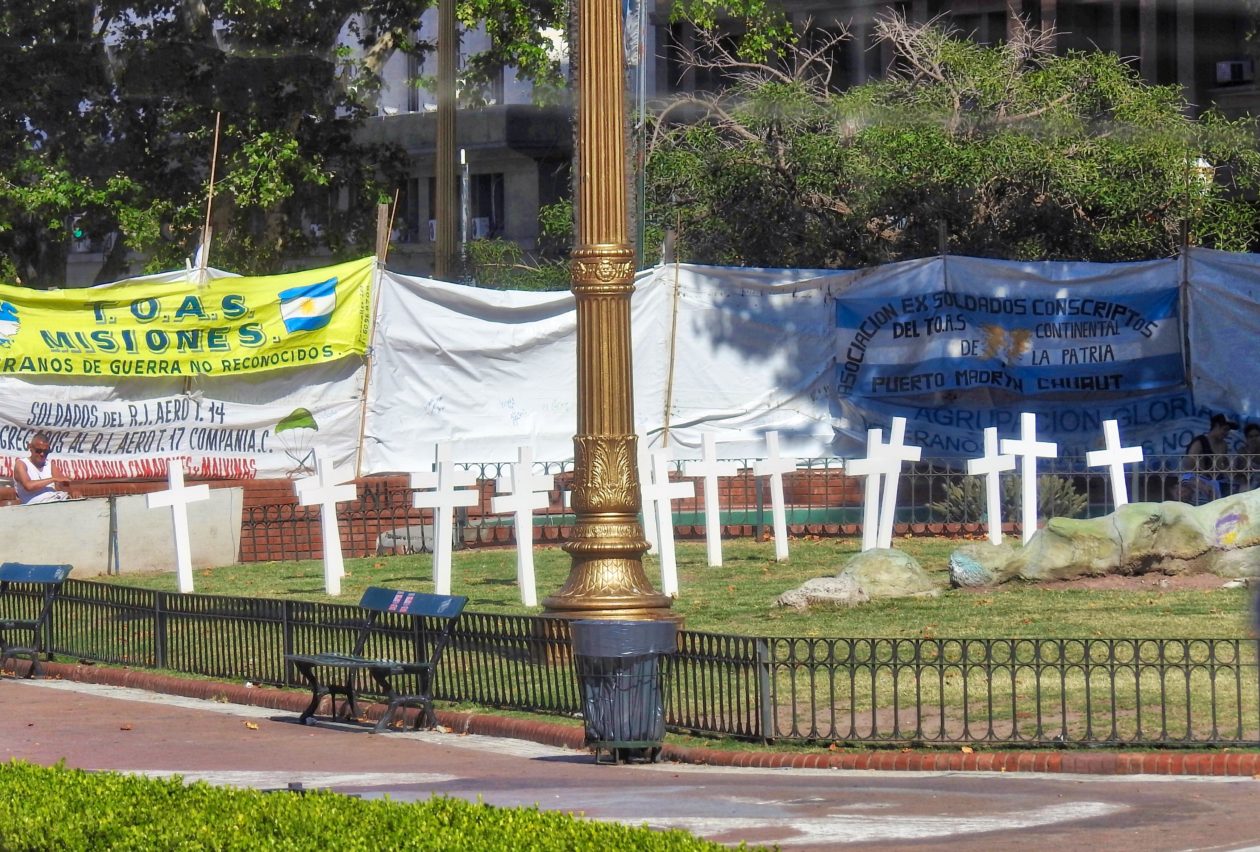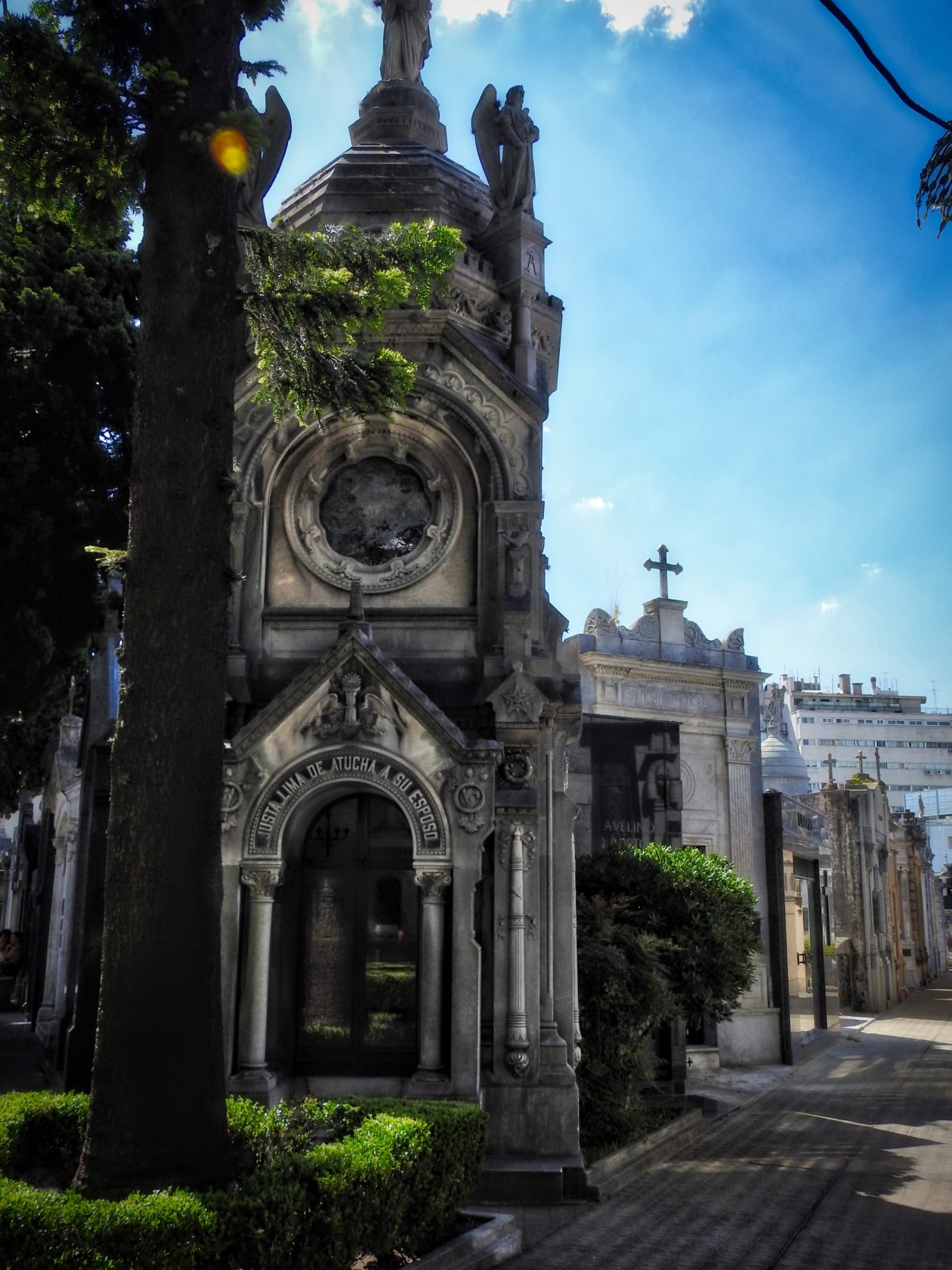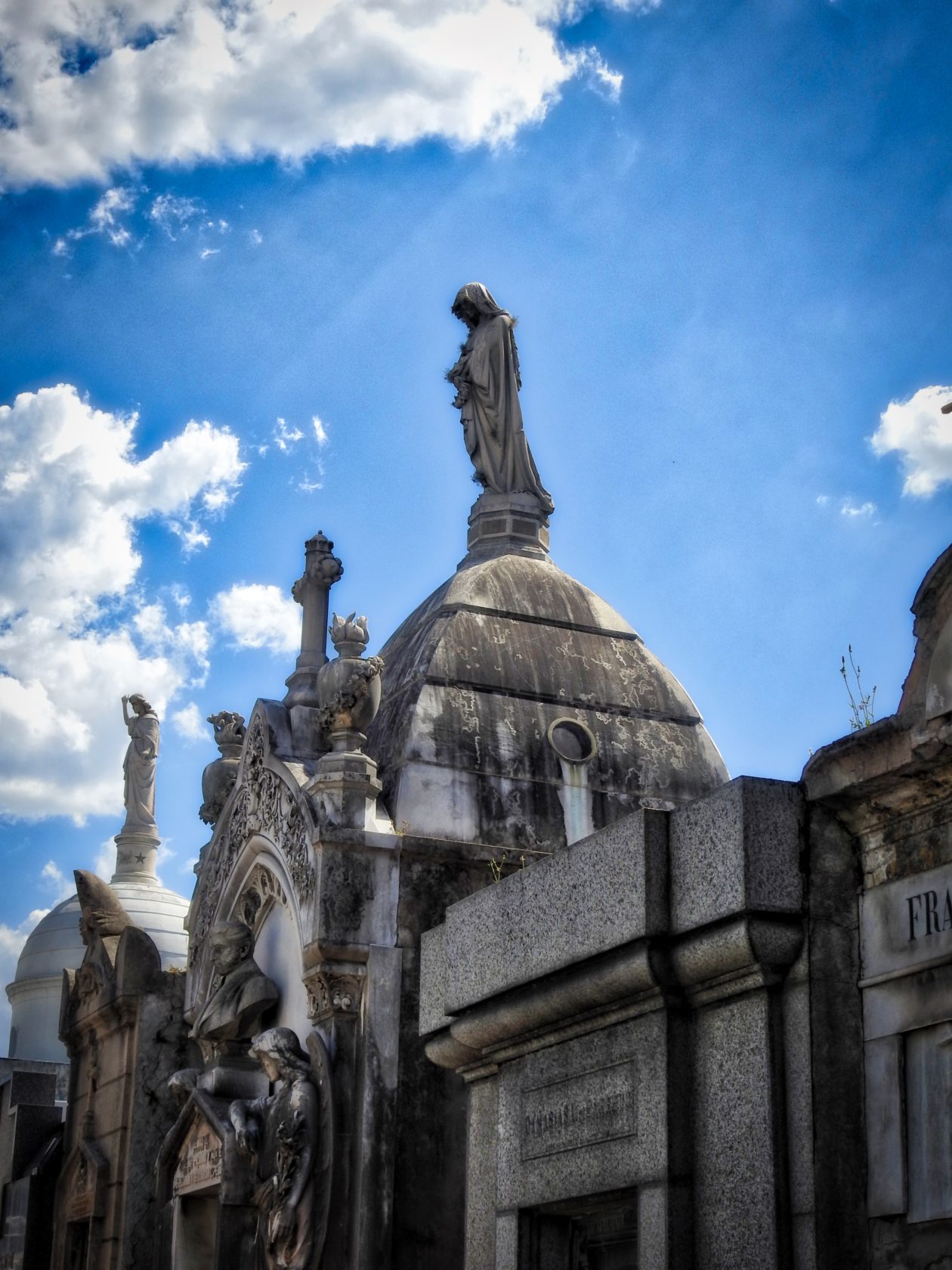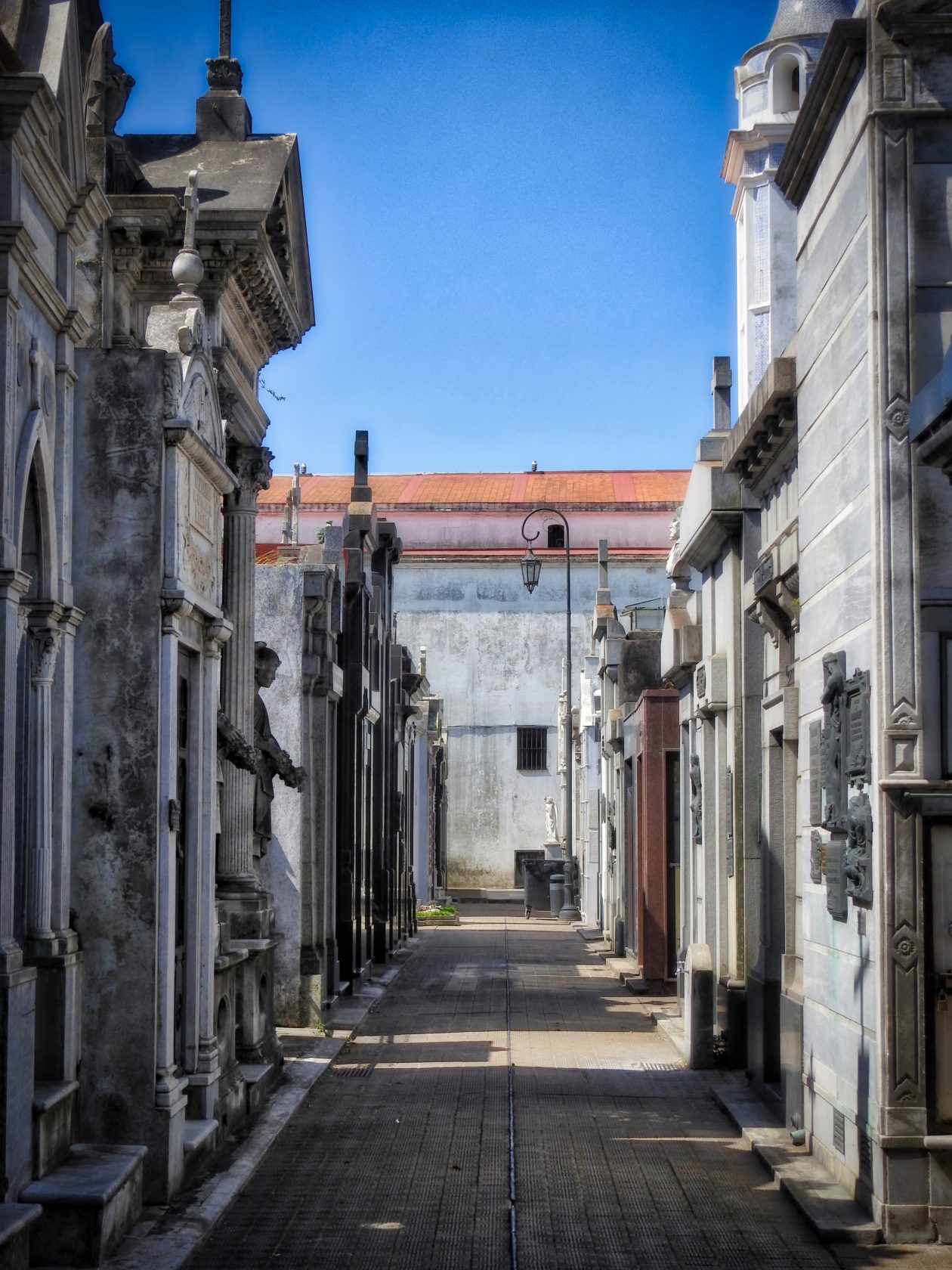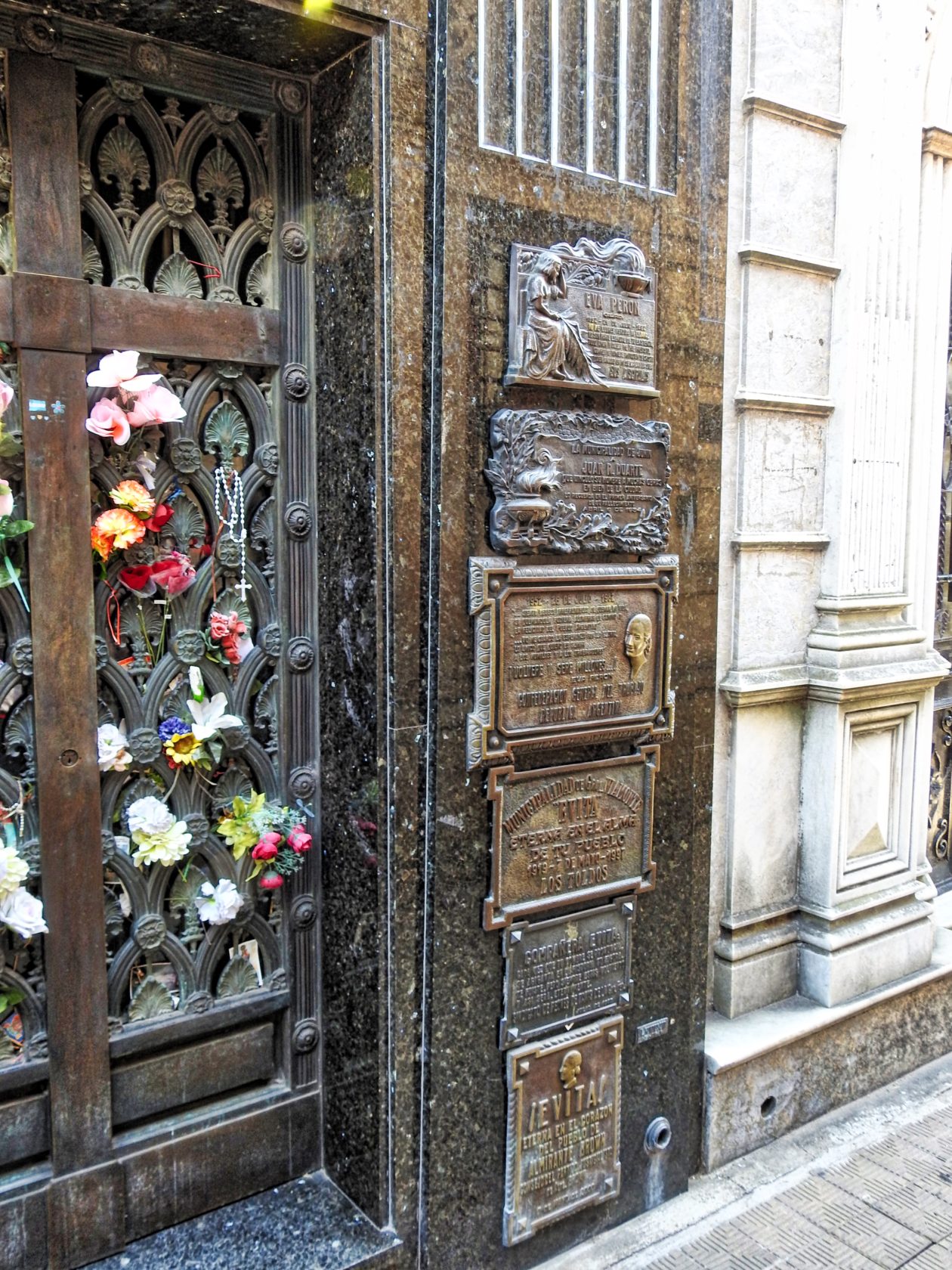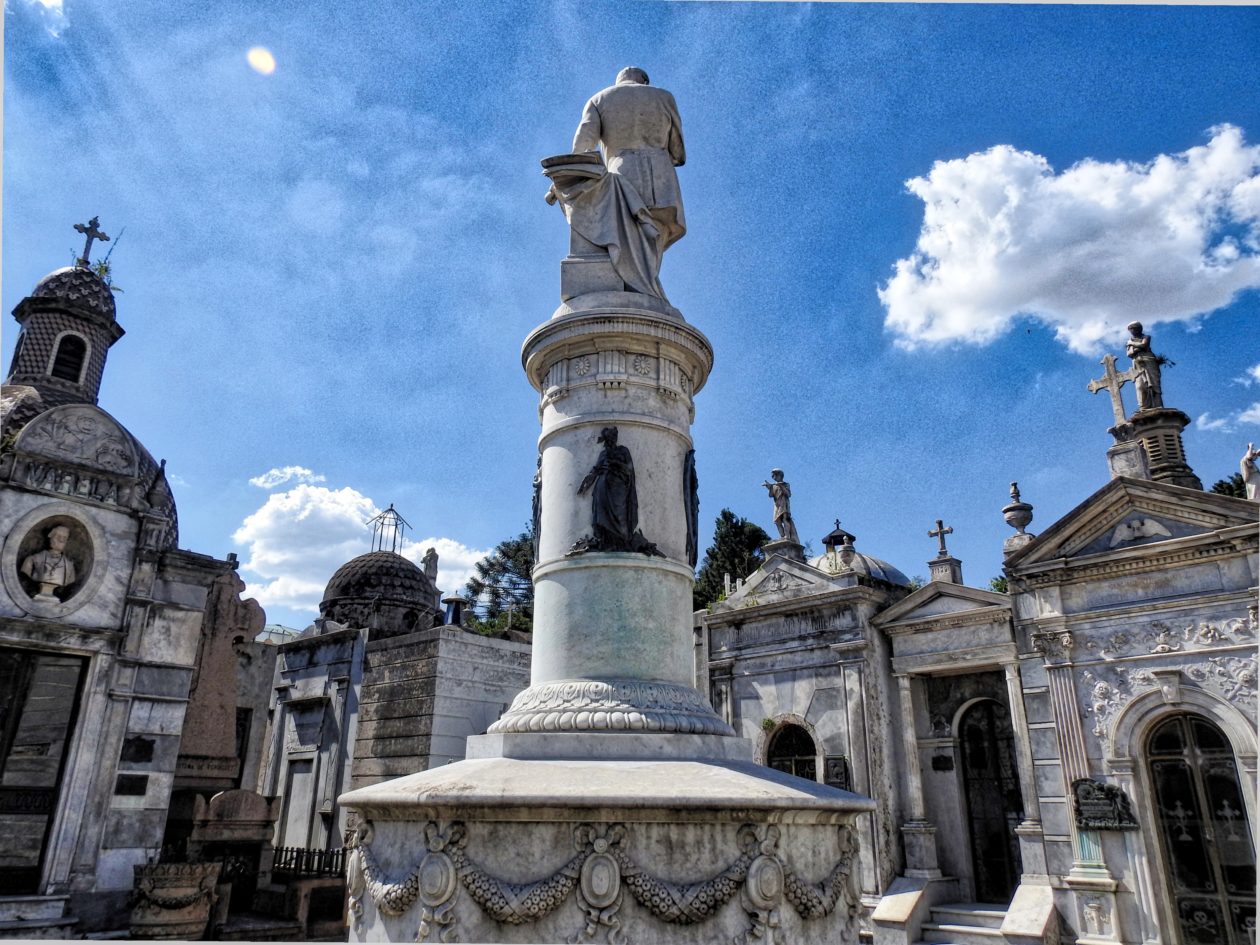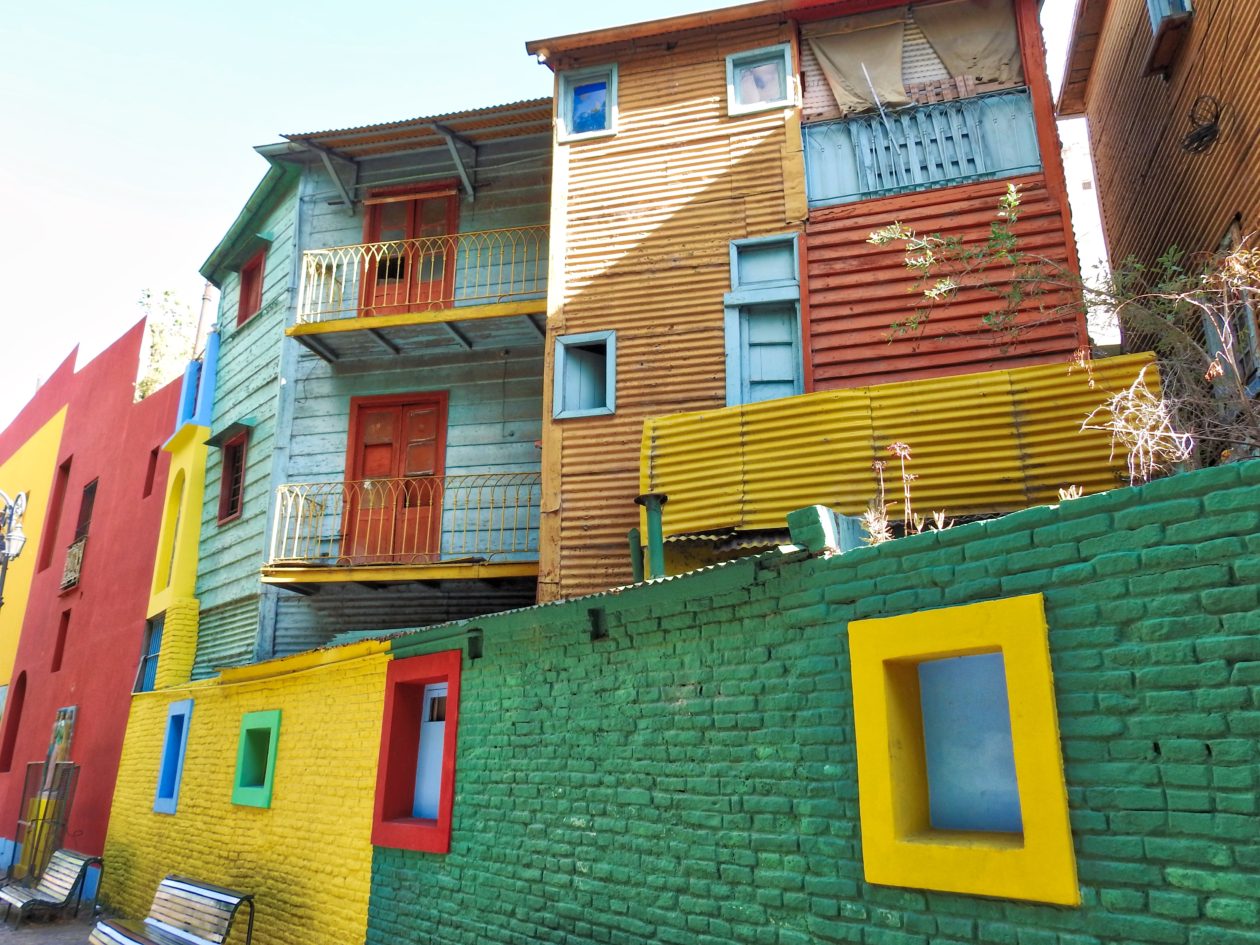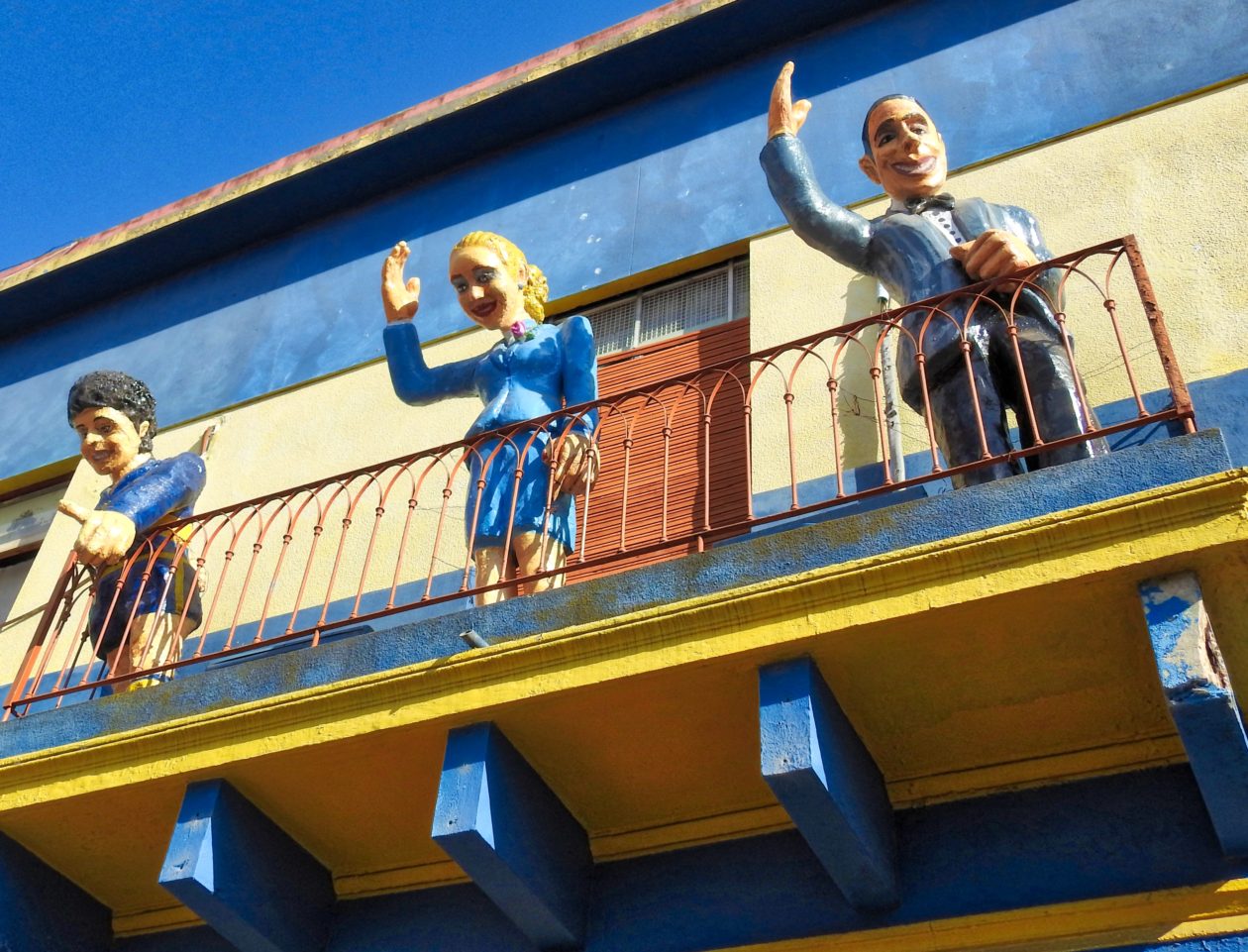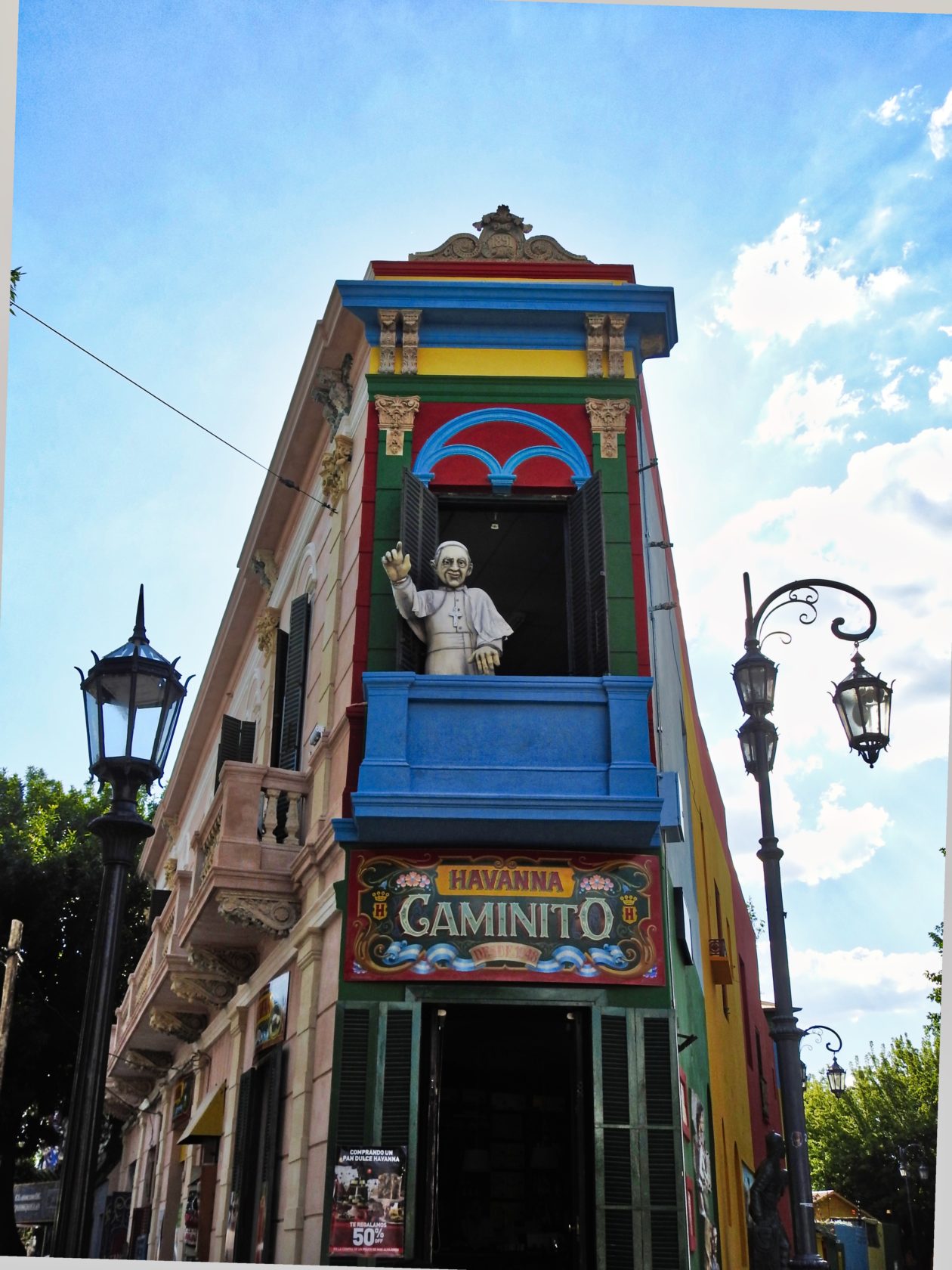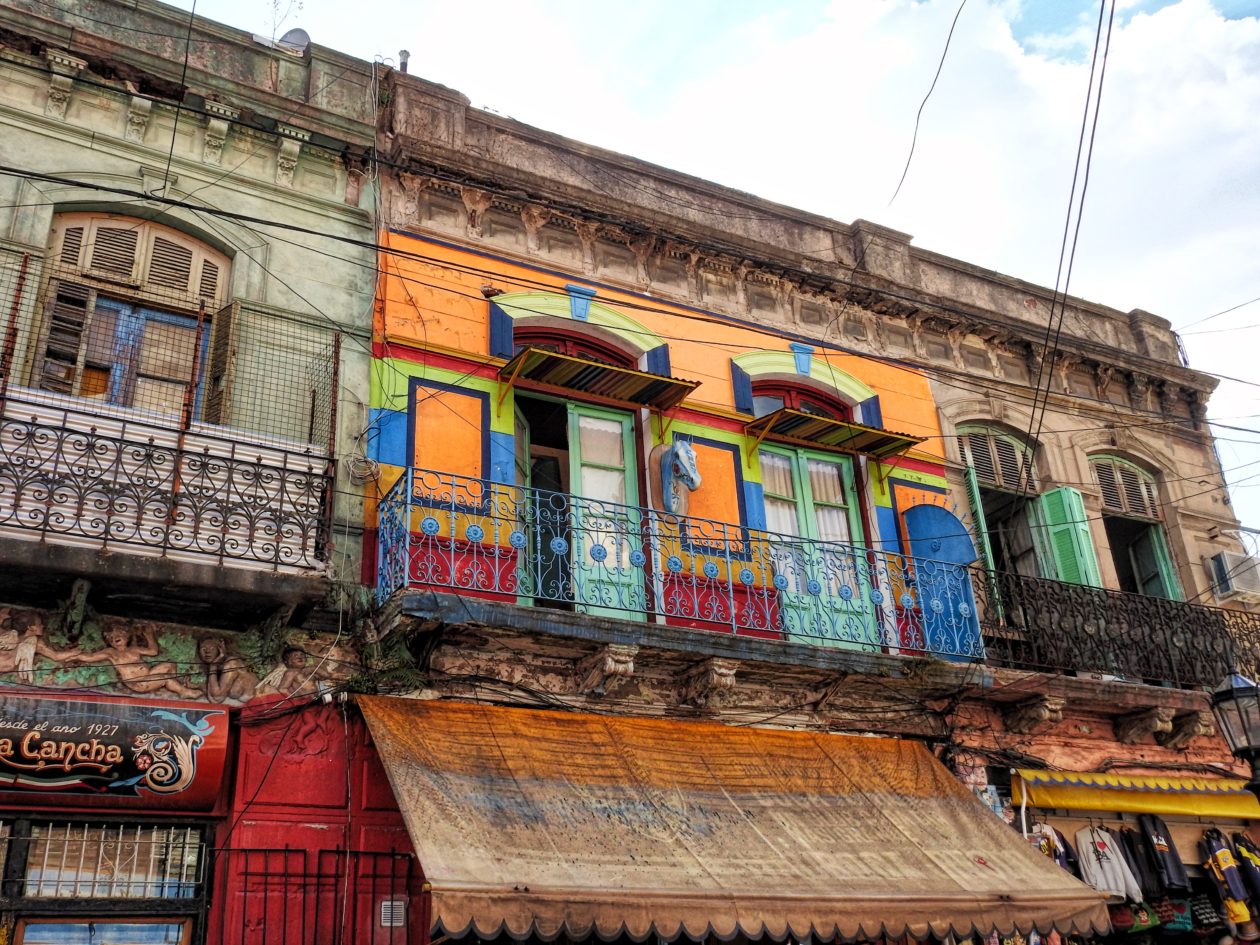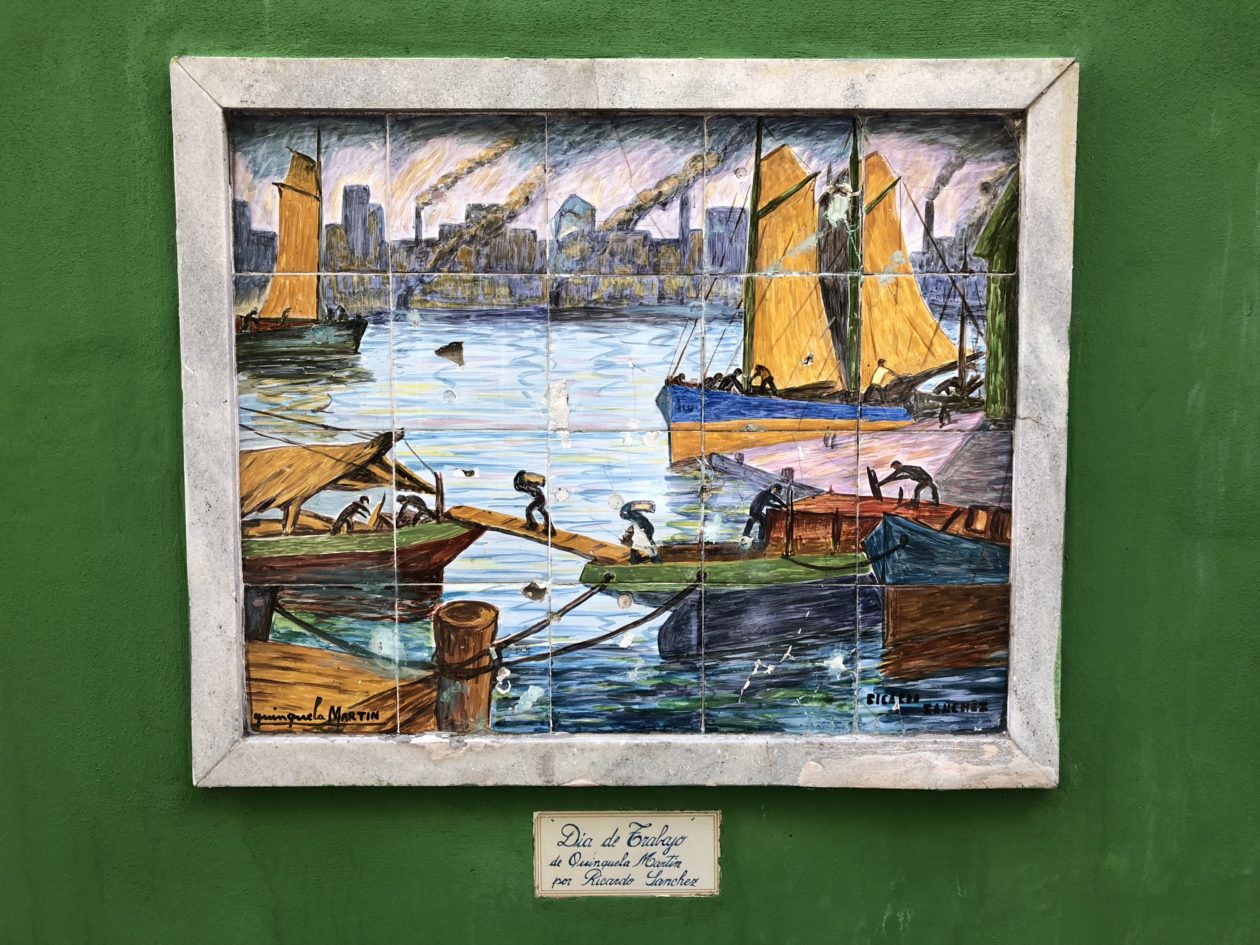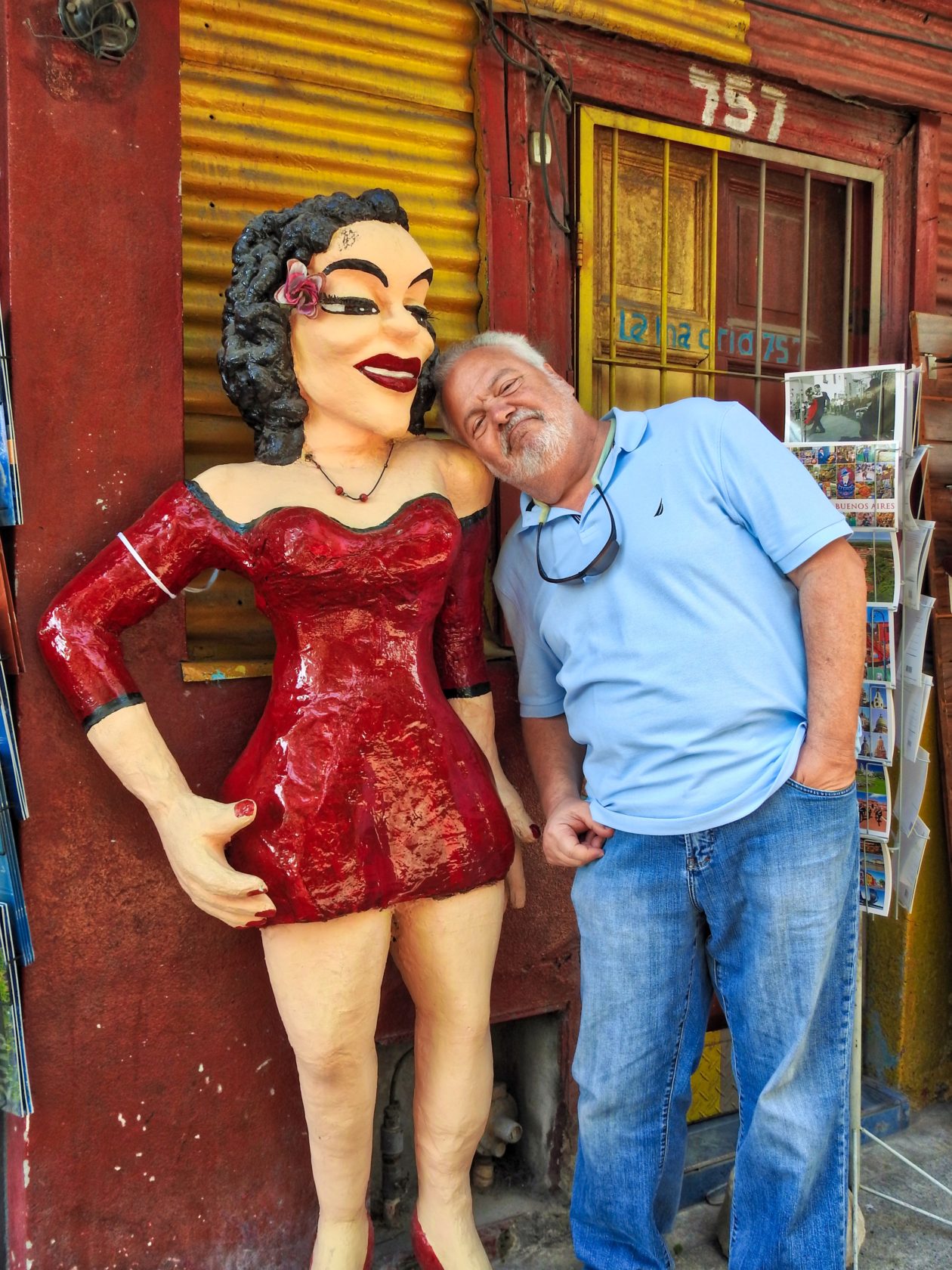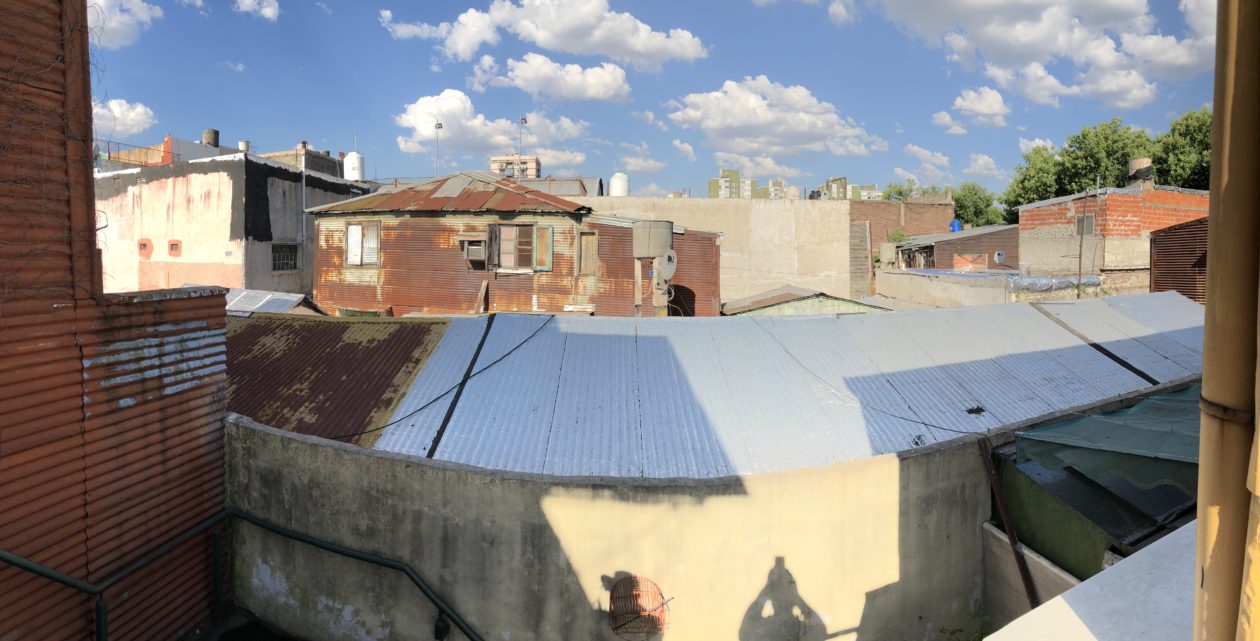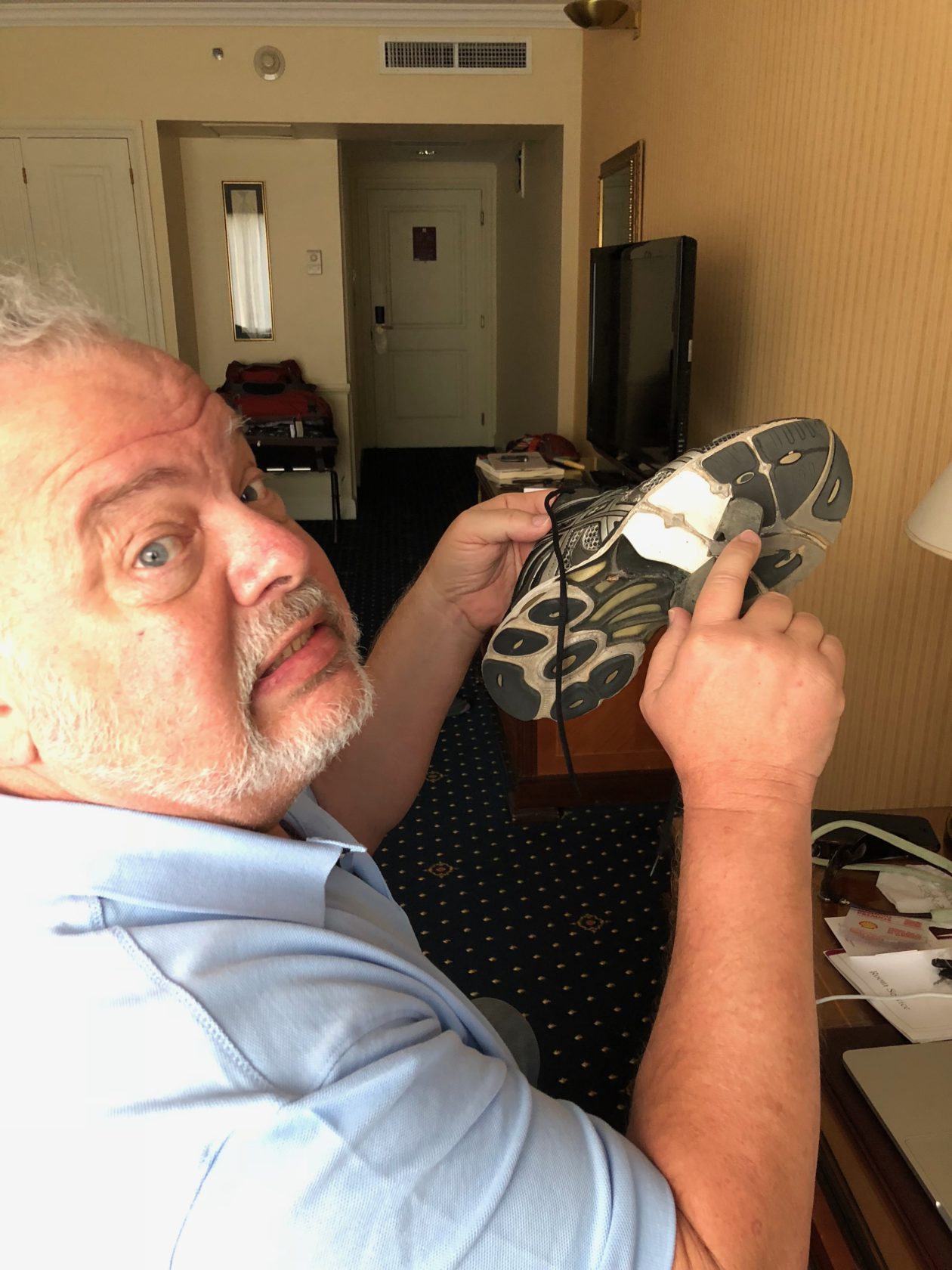- Buenos Aires, Argentina — the stopover
- Ushuaia and Tierra del Fuego National Park, Argentina
- The Falkland Islands
- South Georgia Island
- On the “road” to Antarctica, Christmas aboard the Fram, and Elephant Island
- Yankee Harbor and Deception Island, Antarctica
- Danco and Cuverville Islands, Antarctica
- Almirante Brown Station and Neko Harbor, Antarctica
- A surprise visit, Lemaire Channel, and Petermann Island
- The voyage home, New Year’s Eve, and some final thoughts
Fulfilling one of Deb’s “bucket list” must-dos, we decided to go to Antarctica over Christmas and New Years with Hurtigruten, a Norwegian cruise line that we had taken when we did the fjords of Norway some years back. Rather than fly all the way from Seattle, we came to Puerto Vallarta early and flew out of Mexico City — direct to Buenos Aires (about a 9 hour flight). Quite genteel! The first thing that I noticed was how flat the area is. What they lacked in many other resources, the abundant grasslands around the area provided amply for the industry that would generate their wealth — cattle grazing. The second thing I noticed is that while Buenos Aires is on the water, it isn’t the ocean. Rather, it is located on the Rio de la Plata and is about 200 miles to the Atlantic. In fact, pretty much all commerce is done by ship/boat. Since this was just the gathering place for most of the people who were going on the cruise, we had only a day to wander around.
The city itself is quite beautiful with wide, tree-lined boulevards, lots of parks, beautiful statuary, and incredible architecture. Since we only had a day, we had to be quite selective in what we did. We spent the morning strolling around our neighborhood and, on the advice of a friend, stopped into El Sanjuanino to enjoy a wonderful lunch of empanadas — very fluffy and tasty.
In the afternoon, we took a quick bus tour of the area. One of the important stops that we made was to the Plaza de Mayo — the center of political life in Argentina. As such, the immediate area has been the scene of protests — so much so that a fence was installed to keep protestors from being able to break into the Cabildo (where the city council meets). this is where the Mothers of the Plaza de Mayo have gathered, carrying signs and pictures of the Disparacedos (the Disappeared Ones), the loved ones who were kidnapped and executed by the military junta in the 1970s. Here too are the crosses to the over 600 soldiers and sailors who died in the Falklands War, with very little information provided to the general public.
Our next stop was to the Recoleta Cemetery, some of the more expensive real estate in the city! It is where the elite of Buenos Aires and broader Argentina are buried and, as in real estate, it’s all about location, location, location! This is where. Eva Peron (Evita) is buried, along with one of Napoleon’s granddaughters. There are more than 4500 mausoleums here (94 of which are historical monuments), down a series of wide boulevards (very pricey) and side streets (less pricey). But buying the place is just the beginning — then there’s the upkeep and an annual rent that is paid to the city. If you don’t pay your rent, then out you go! So much for “rest in peace!” BTW, there is an interesting story associated with Eva Peron. Eva was the illegitimate child of a general named Duarte, but she wasn’t allowed to take his name because of her status. Hence, she would never been allowed to be buried here. After marrying Argentine President Juan Peron, she worked diligently to support the poor. But she was also able to to change her status and take her family name of Duarte — hence, while she is buried in the Duarte family mausoleum.
We then headed down to La Boca, one of the neighborhoods of the city that sits at the mouth (boca) of the Matanza-Riachuelo River. This is where the poor immigrants came to live, especially the settlers from the Italian city of Genoa. In fact, in 1882, La Boca seceded from Argentina after a long general strike. I think that lasted about a day before the President of the time came down and tore down the Genoese flag and replaced it with the National flag. Being a poor area of town, most of the buildings were made of scrap and today, most buildings are clad with sheet metal. Of course now, this is a very bohemian part of the city, where there are lots or artists, music, and great night life.
The day passed too quickly and we decided that we would come back to spend more time in Buenos Aires as part of a broader trip around Argentina and Chile. But now it was time to head south, catching our charter aircraft to Ushuaia.
This entry was posted in Argentina, South America, Travel
